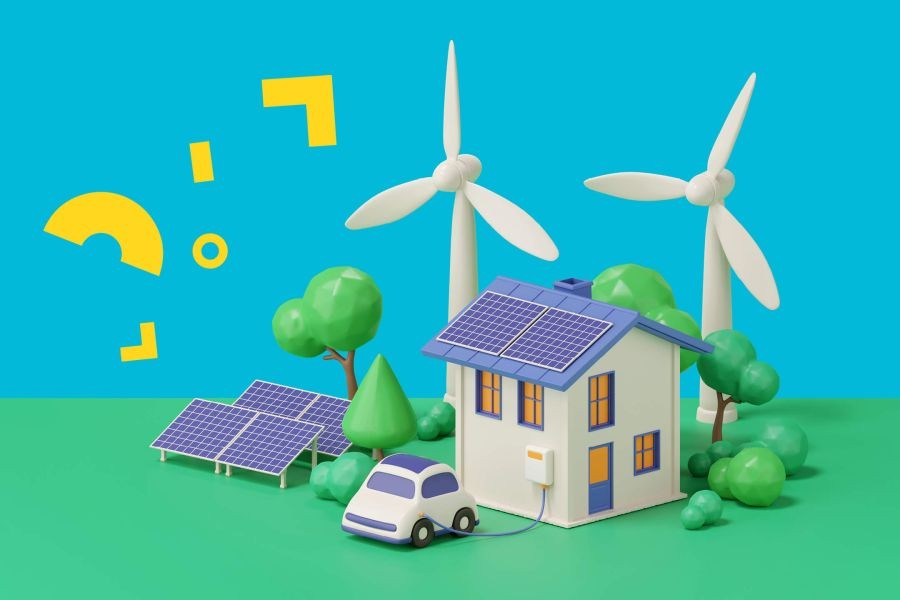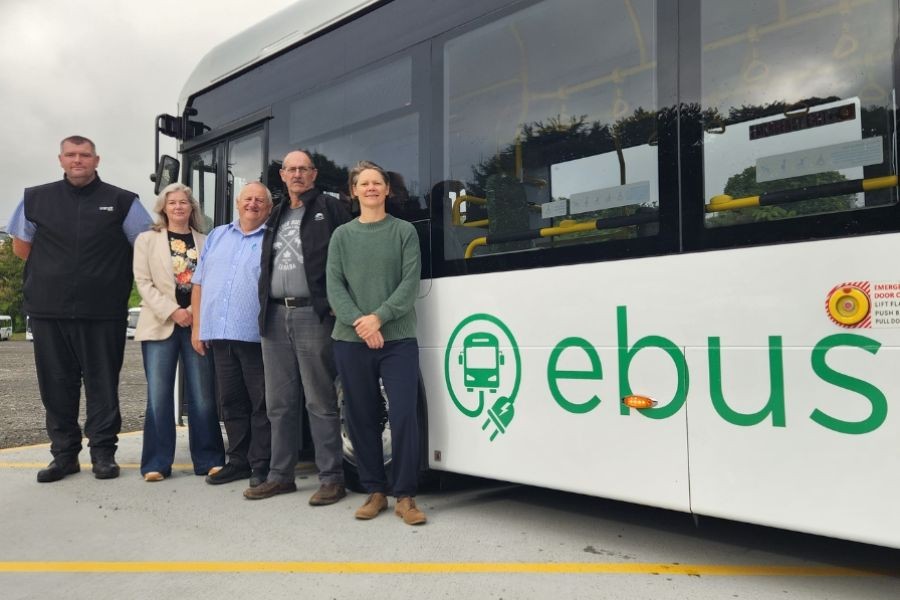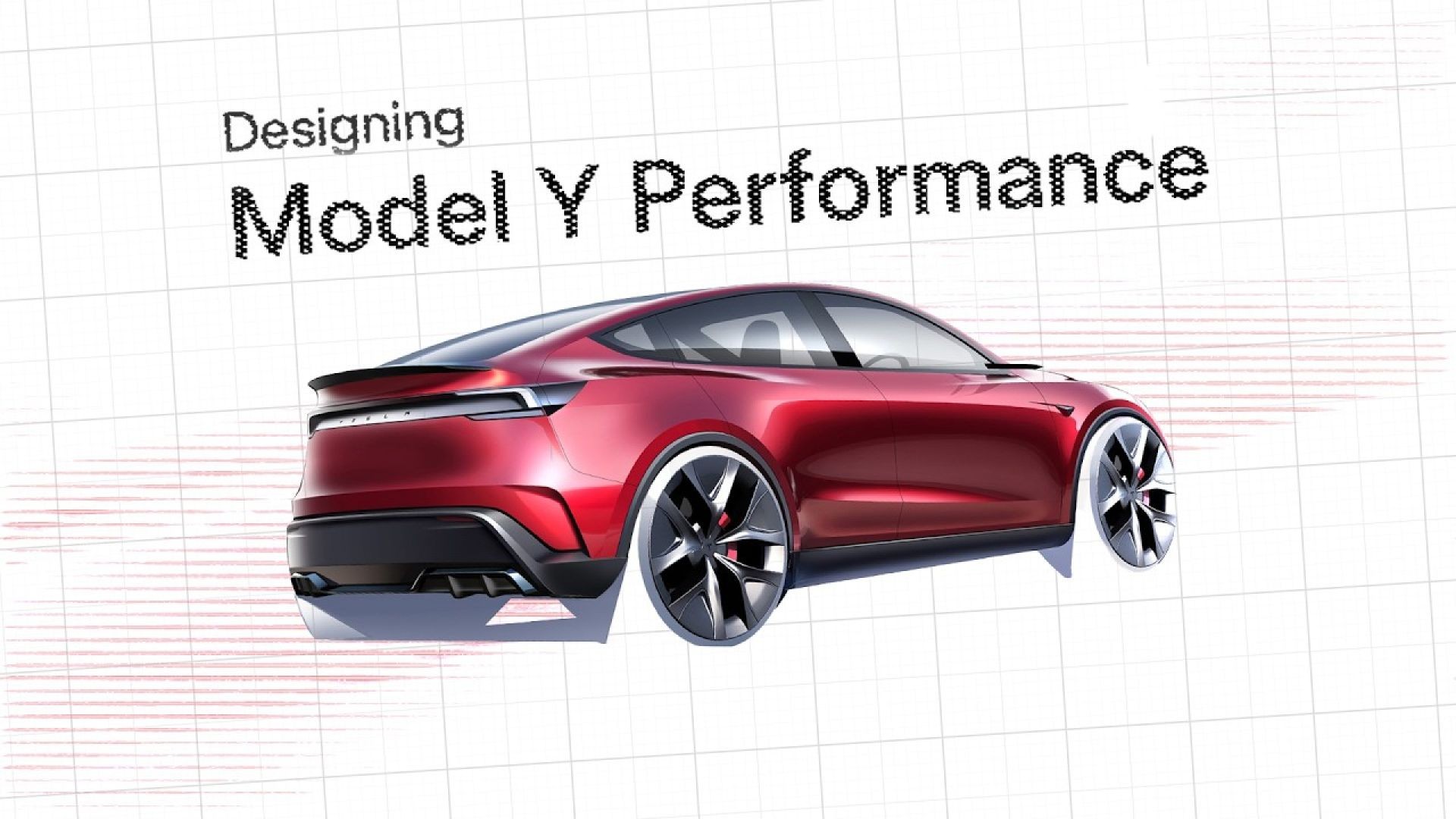With the global shift toward electric vehicles (EVs), Australia stands at a crossroads. Can its energy grid support full EV adoption by 2040? As the nation grapples with energy sustainability, investors are keenly observing the potential risks and rewards associated with this monumental transition. This article delves into Australia's road to comprehensive EV adoption, exploring the feasibility of its energy grid, economic implications, and investment opportunities.
The Current State of Australia's Energy Grid
Australia's current energy grid is a complex tapestry of aging infrastructure and emerging renewable energy initiatives. According to the Australian Energy Market Operator (AEMO), renewable energy sources contributed approximately 27% of Australia's electricity generation in 2022. However, the grid faces significant challenges, including reliability issues and the need for modernization to accommodate the increased demand from EVs.
The Australian Bureau of Statistics (ABS) reports that the number of registered EVs increased by 62% in 2022, reflecting a growing consumer shift towards sustainable transportation. This trend necessitates an evaluation of the grid's capacity to handle the expected surge in electricity consumption.
Pros and Cons of Australia's Current Energy Grid for EV Adoption
✅ Pros:
- Renewable Energy Growth: Australia is increasingly harnessing solar and wind energy, with projections indicating that renewables could supply 50% of the nation's energy by 2030 (Source: CSIRO).
- Government Initiatives: The Australian government has committed to significant investments in bolstering the grid, aiming to reduce carbon emissions and enhance energy efficiency.
- Technological Advancements: Innovations in battery storage and smart grid technologies promise to improve grid reliability and efficiency.
❌ Cons:
- Infrastructure Limitations: Much of Australia's energy infrastructure is outdated, necessitating substantial upgrades to support widespread EV adoption.
- Intermittency of Renewables: Solar and wind energy depend on weather conditions, posing challenges for consistent energy supply.
- Investment Requirements: Significant financial investment is required to modernize the grid, which could impact electricity prices.
Investment Opportunities and Risks
The transition to an EV-friendly energy grid presents lucrative opportunities for investors. As Australia strives to modernize its infrastructure, investment in renewable energy projects, battery storage solutions, and grid modernization initiatives is expected to yield substantial returns. According to the Reserve Bank of Australia (RBA), investments in green energy have shown a growth rate of 15% annually, highlighting the sector's potential.
However, investors must also consider the inherent risks. The Australian Competition & Consumer Commission (ACCC) warns of potential regulatory challenges and market volatility, emphasizing the need for careful risk assessment and strategic planning.
Case Study: Tesla's Impact on Australia's Energy Landscape
Tesla, a leader in renewable energy and EV technology, has made significant inroads into the Australian market. In 2017, Tesla installed the world's largest lithium-ion battery in South Australia, providing much-needed grid stability and reducing power outages. This project has served as a catalyst for further investments in large-scale battery storage solutions across the country.
Result: Since the installation, South Australia has experienced fewer blackouts and a 30% reduction in energy costs. This success story underscores the potential of strategic investments in energy storage to transform Australia's energy grid.
Future Trends and Predictions
Looking ahead, several trends are poised to shape Australia's journey towards full EV adoption. The electrification of transportation is expected to drive demand for cleaner energy sources, prompting further investments in renewable infrastructure. According to a Deloitte report, Australia could achieve 100% renewable energy integration by 2050, contingent on continued technological advancements and policy support.
Furthermore, as grid modernization progresses, the integration of smart grids and AI-driven energy management systems will enhance grid efficiency and reliability. These advancements will not only support EV adoption but also pave the way for sustainable urban development.
Conclusion
Australia's energy grid is at a pivotal moment. While challenges remain, the transition to full EV adoption by 2040 is within reach, provided strategic investments and policy initiatives continue to align. For investors, this represents a unique opportunity to contribute to and benefit from a sustainable future.
As Australia navigates this energy transformation, staying informed and proactive will be key. Engage with industry experts, monitor regulatory changes, and explore investment opportunities in renewable energy and grid modernization. Together, these efforts will ensure a resilient and sustainable energy future for Australia.
People Also Ask
How will Australia's energy grid support EV adoption?
Australia's grid will support EV adoption through strategic investments in renewable energy, grid modernization, and battery storage solutions, enhancing reliability and efficiency.
What are the economic implications of full EV adoption in Australia?
Full EV adoption could boost Australia's economy by creating jobs in renewable energy sectors, reducing carbon emissions, and lowering energy costs, according to a report by the Treasury AU.
How can investors capitalize on Australia's transition to EVs?
Investors can capitalize on this transition by investing in renewable energy projects, grid modernization technologies, and companies specializing in EV infrastructure.
Related Search Queries
- Australia energy grid challenges
- EV adoption in Australia 2040
- Investment in renewable energy Australia
- Future of electric vehicles in Australia
- Tesla battery projects in Australia
- Australia renewable energy targets 2030
- Smart grid technology in Australia






























